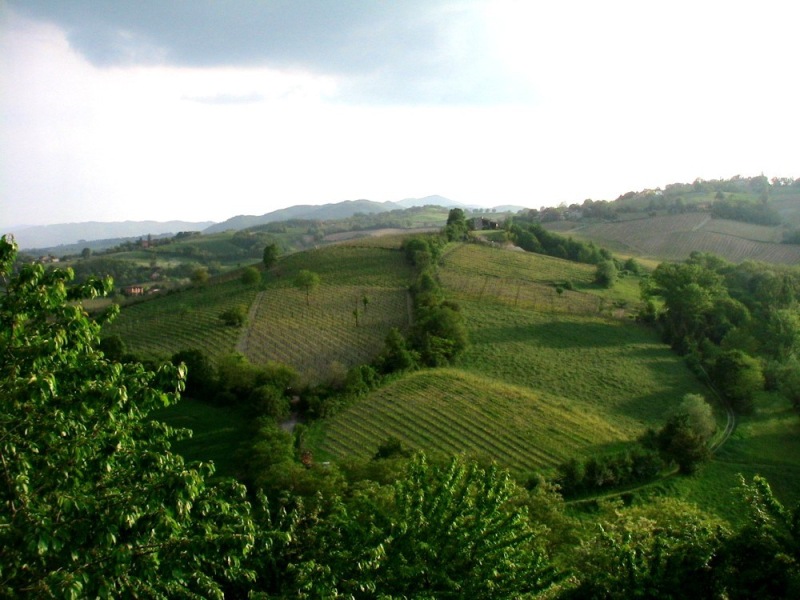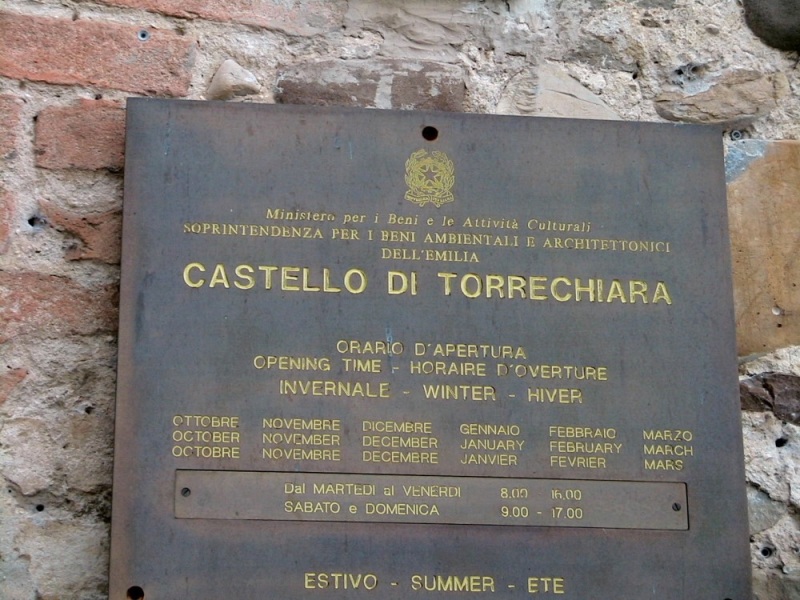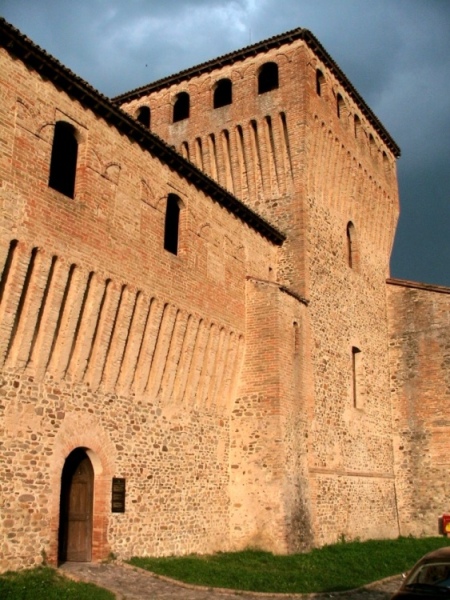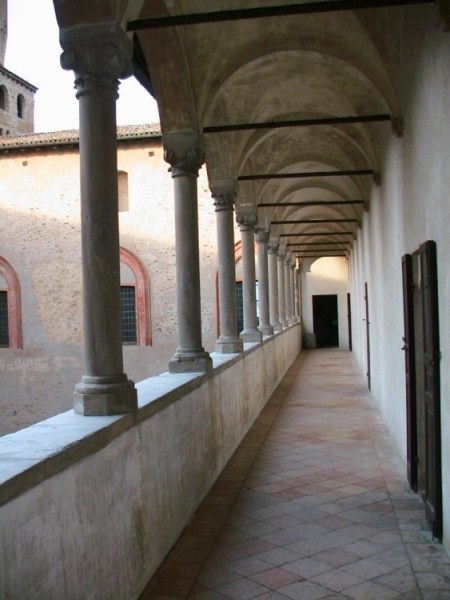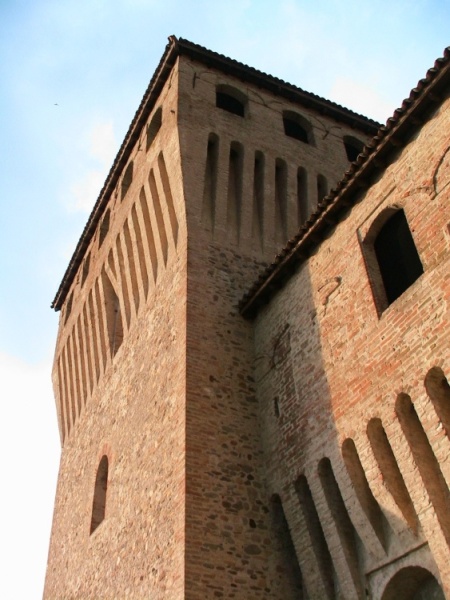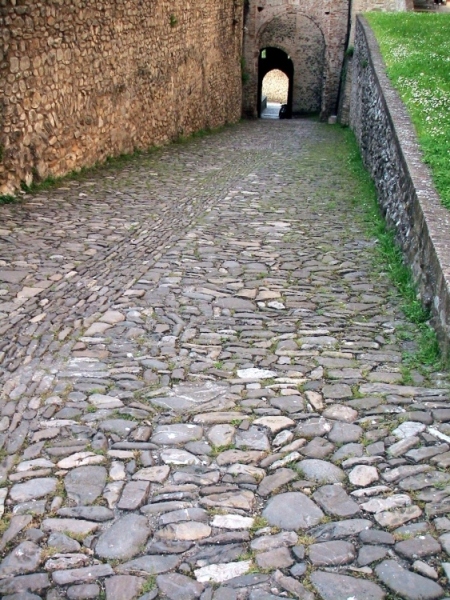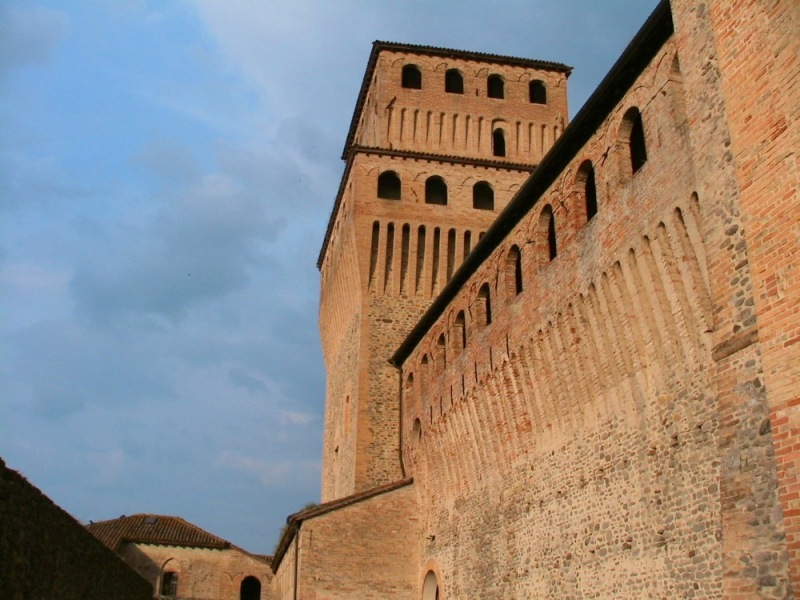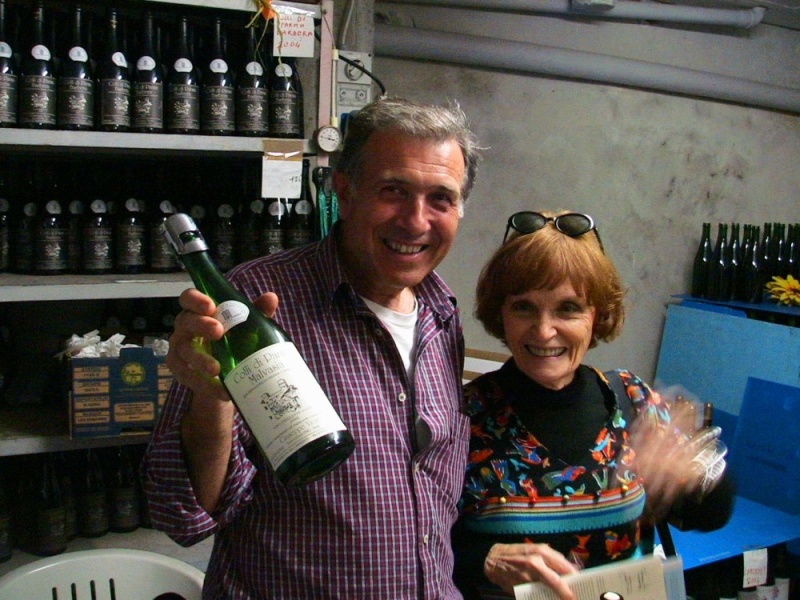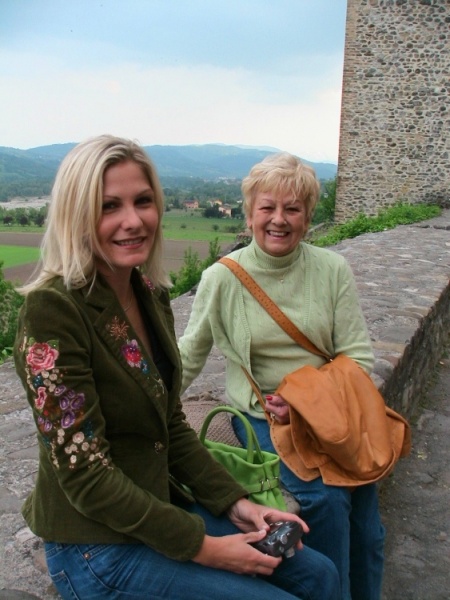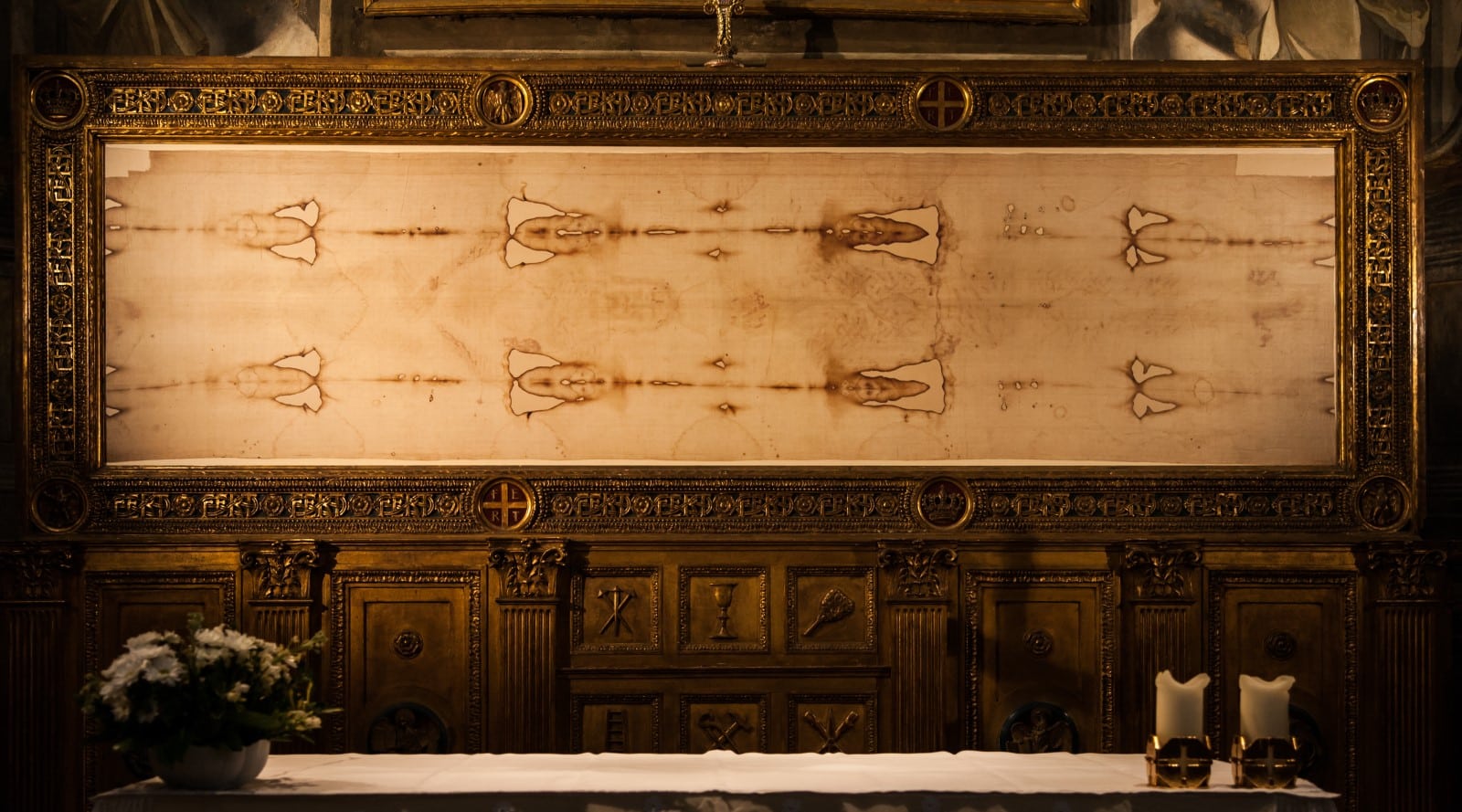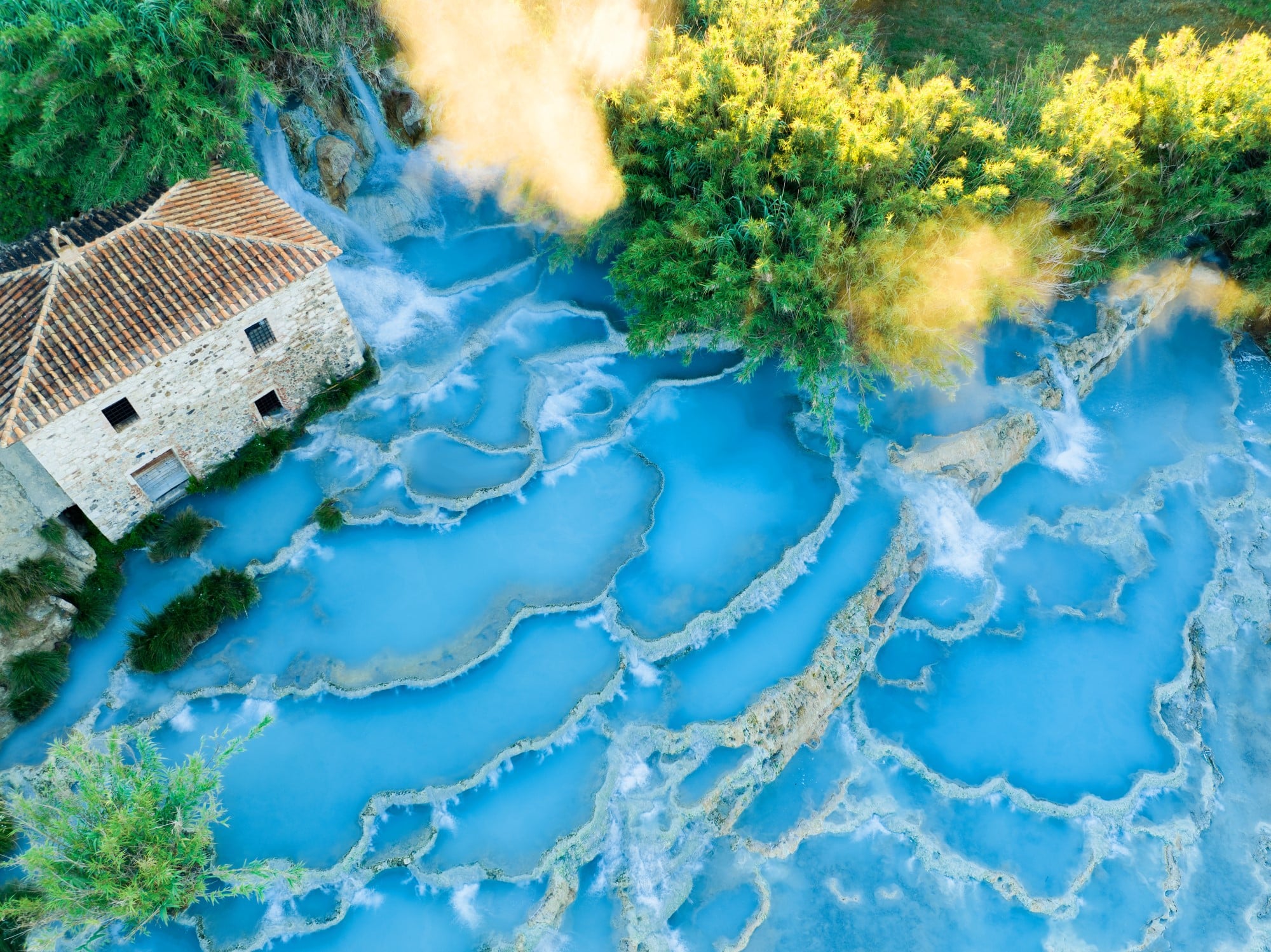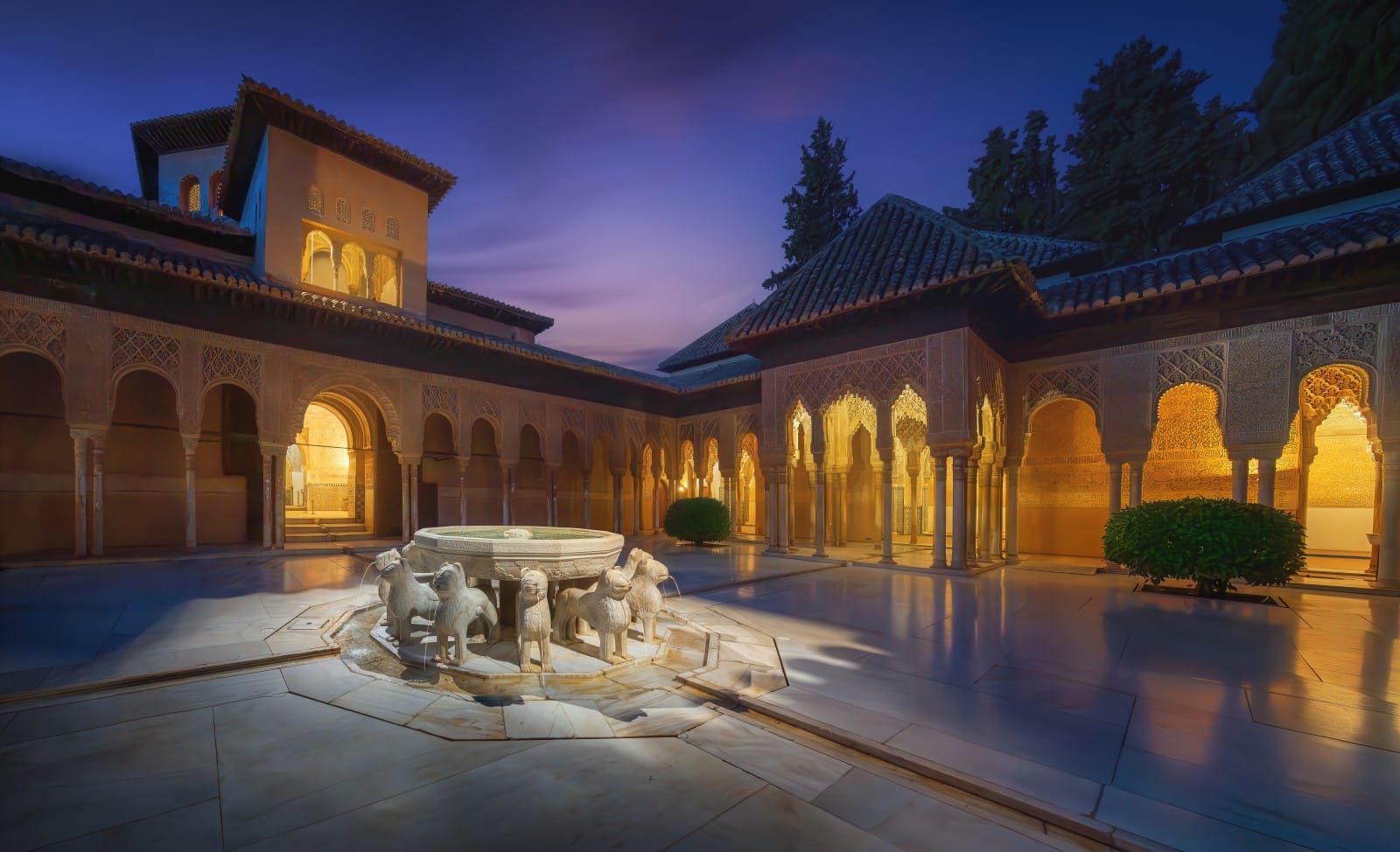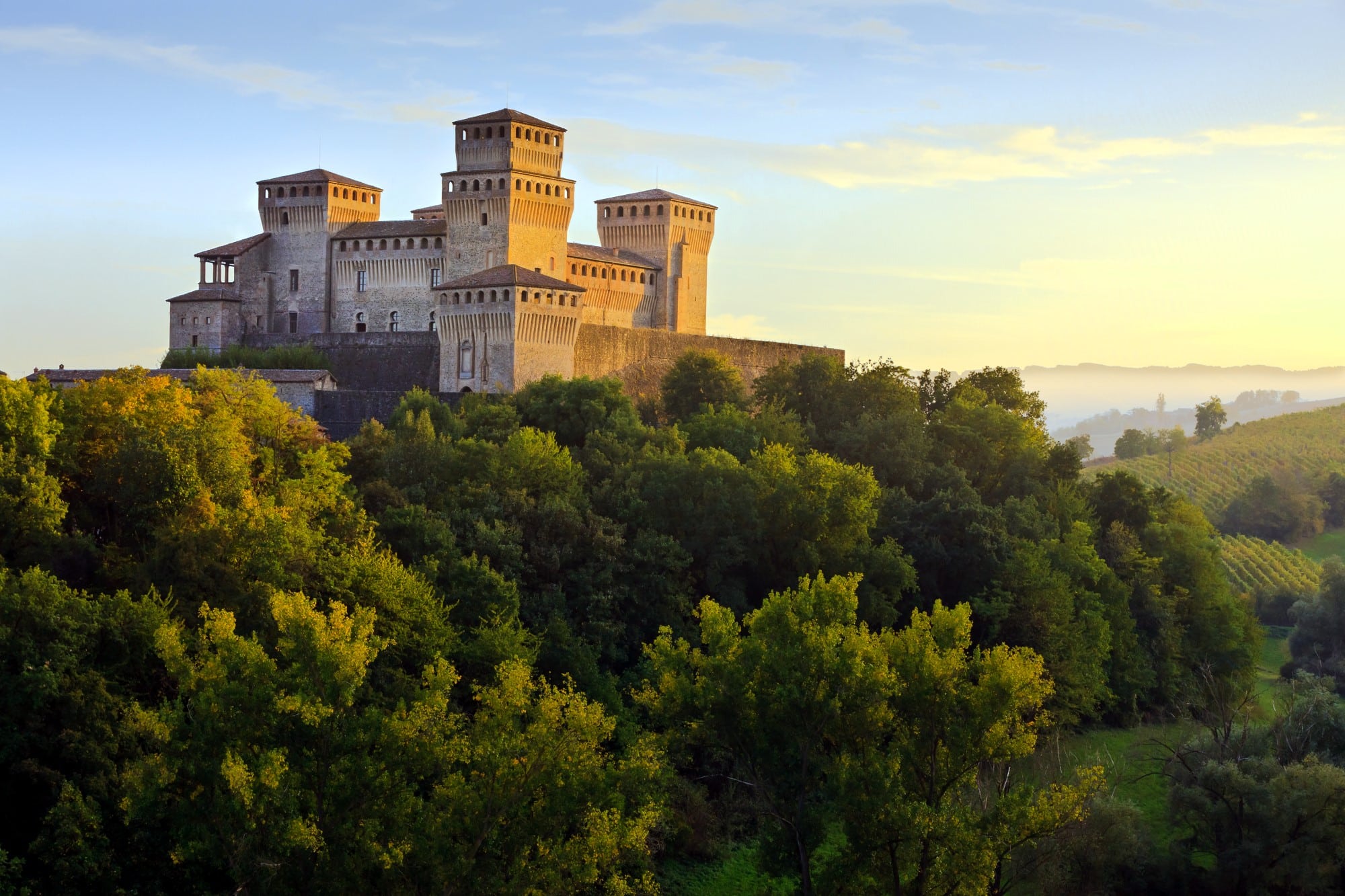
The Torrechiara Castle (Castello del Torrechiara) is located in the Parma region of Italy. It is one of the most striking examples of Italian castle architecture and has a rich history. While it may not have the opulence of Of Flagler’s Whitehall in Palm Beach, or the scale and reach of The Alhambra in Spain, the Torrechiara Castle is a significant tourist attraction in its scenic location.
Built between 1448 and 1460, the castle was commissioned by Pier Maria II de’ Rossi, one of the most important and powerful lords of the region. The primary purpose of the castle was as a defensive stronghold during a period of local conflicts and rivalries among various regional powers. It was situated strategically to oversee the Parma and Baganza valleys, serving as a significant fortification.
Apart from its military significance, the Castle of Torrechiara is also renowned for its romantic and artistic aspects.
The Story
The love affair of the nobleman of Torrechiara Castle is a romantic and historical tale from Italy. The castle, which stands in the province of Parma, dates back to the 15th century and is most famously associated with Pier Maria II de’ Rossi, a powerful and wealthy nobleman.
Pier Maria Rossi, born in 1413, was a notable figure in the Italian Renaissance. He was not only a warrior but also a patron of the arts. The story of his love affair centers around his relationship with Bianca Pellegrini, a lady of considerable charm and intellect.
Bianca Pellegrini was already married to a man named Niccolò Piccinino when she met Rossi. Despite this, Rossi and Pellegrini fell deeply in love. Pier Maria Rossi, completely captivated by Bianca, decided to build the Torrechiara Castle as a testament to their love.
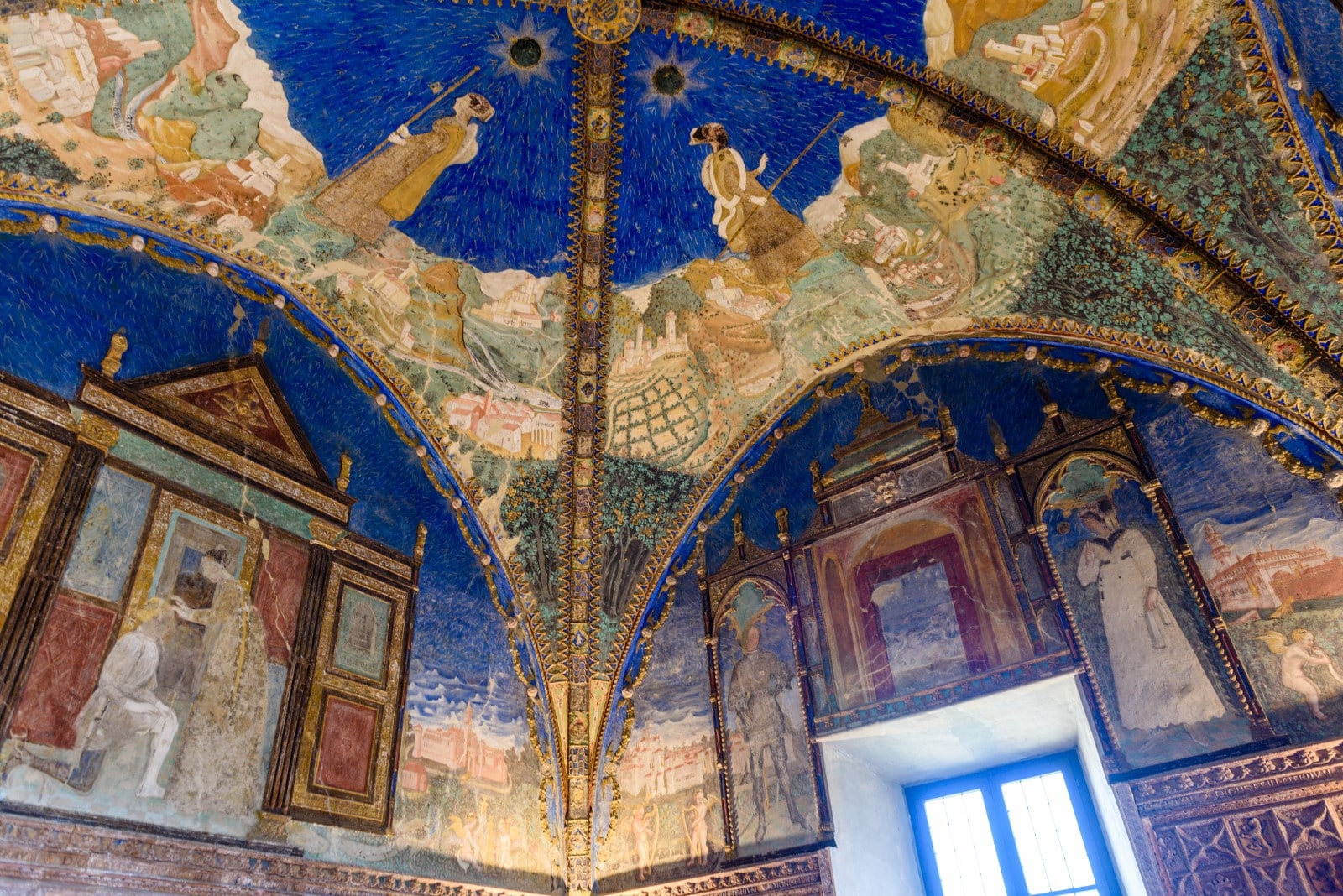
Torrechiara Castle, constructed between 1448 and 1460, is renowned for its magnificent frescoes, many of which are in the Camera d’Oro (Golden Chamber), the bedroom that Rossi dedicated to Bianca. These frescoes, created by Benedetto Bembo, depict scenes of love and chivalry, believed to be allegories of Rossi and Pellegrini’s relationship., reflecting the blend of military might and romantic expression typical of the Renaissance period.
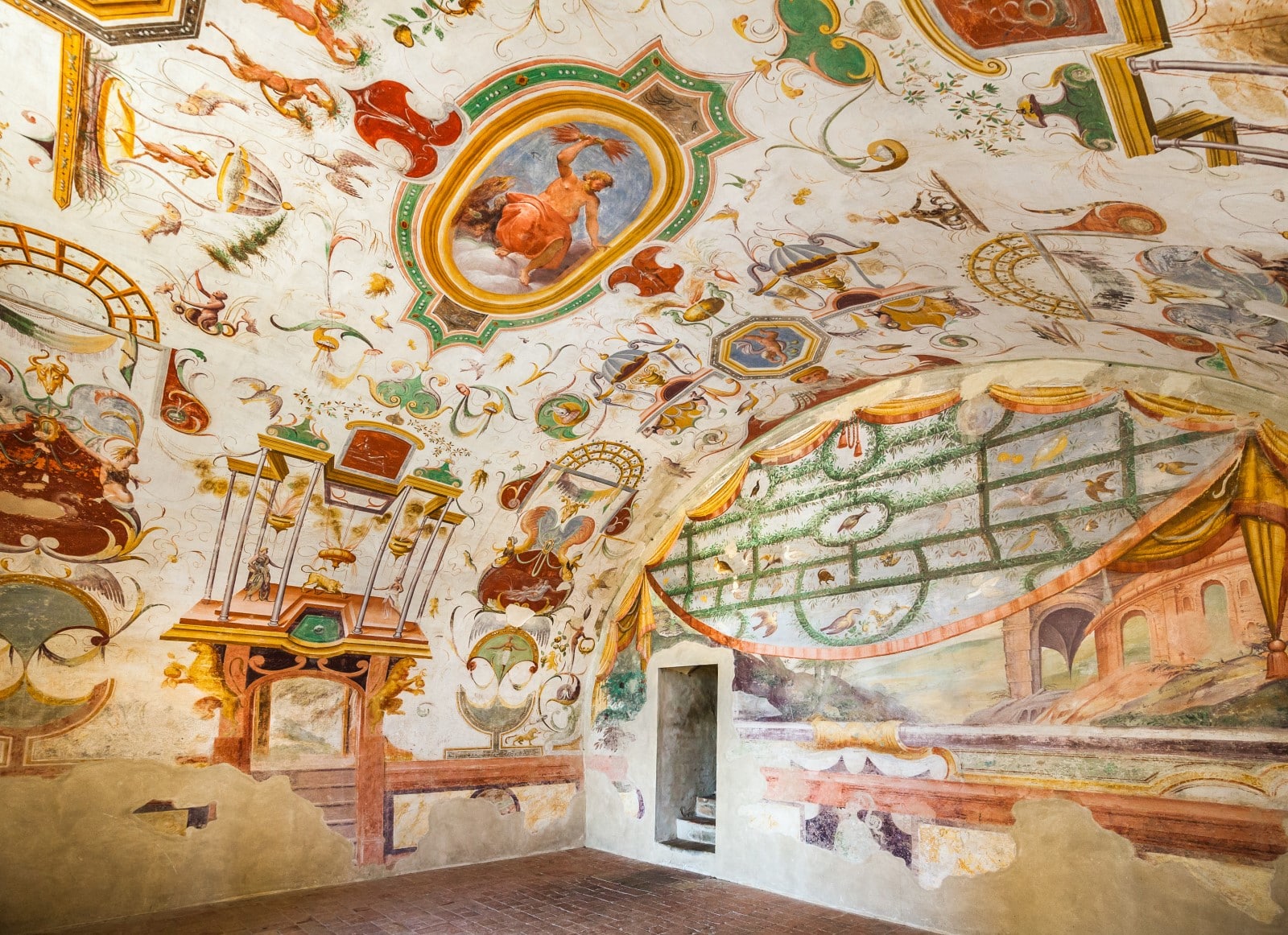
Their love affair was not just a romantic idyll but also a strategic alliance. Pier Maria Rossi was involved in the complex political and military maneuvers of 15th-century Italy, a time when allegiances shifted frequently and wars were common. The alliance with Bianca, who was from a prominent Milanese family, was advantageous to Rossi in this tumultuous period.
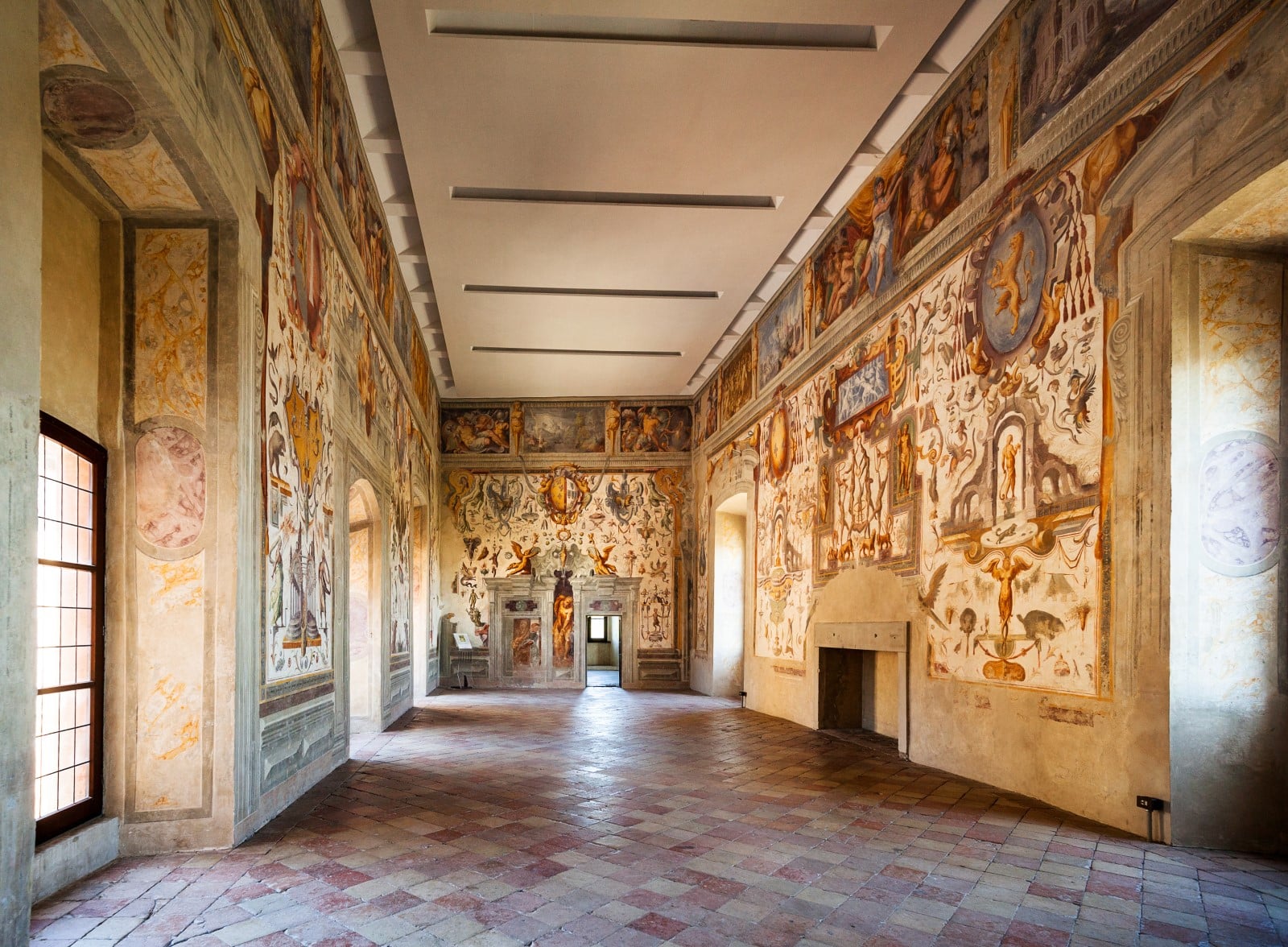
However, their relationship also had its challenges. The affair was conducted in the context of their respective marriages and the political and social expectations of the time. Bianca’s husband, Niccolò, was a mercenary leader who worked for Filippo Maria Visconti, the Duke of Milan. This added a layer of complexity and danger to their liaison.
Despite these challenges, the love story of Rossi and Pellegrini is remembered as a powerful symbol of romantic devotion. The Torrechiara Castle stands as a lasting monument to their love. It remains one of the best-preserved examples of Italian castle architecture and a testament to the enduring power of love and art over the centuries.
This tale, blending love, politics, and art, continues to captivate people and is an integral part of the cultural heritage of the region, embodying the romantic spirit of the Renaissance era in Italy.
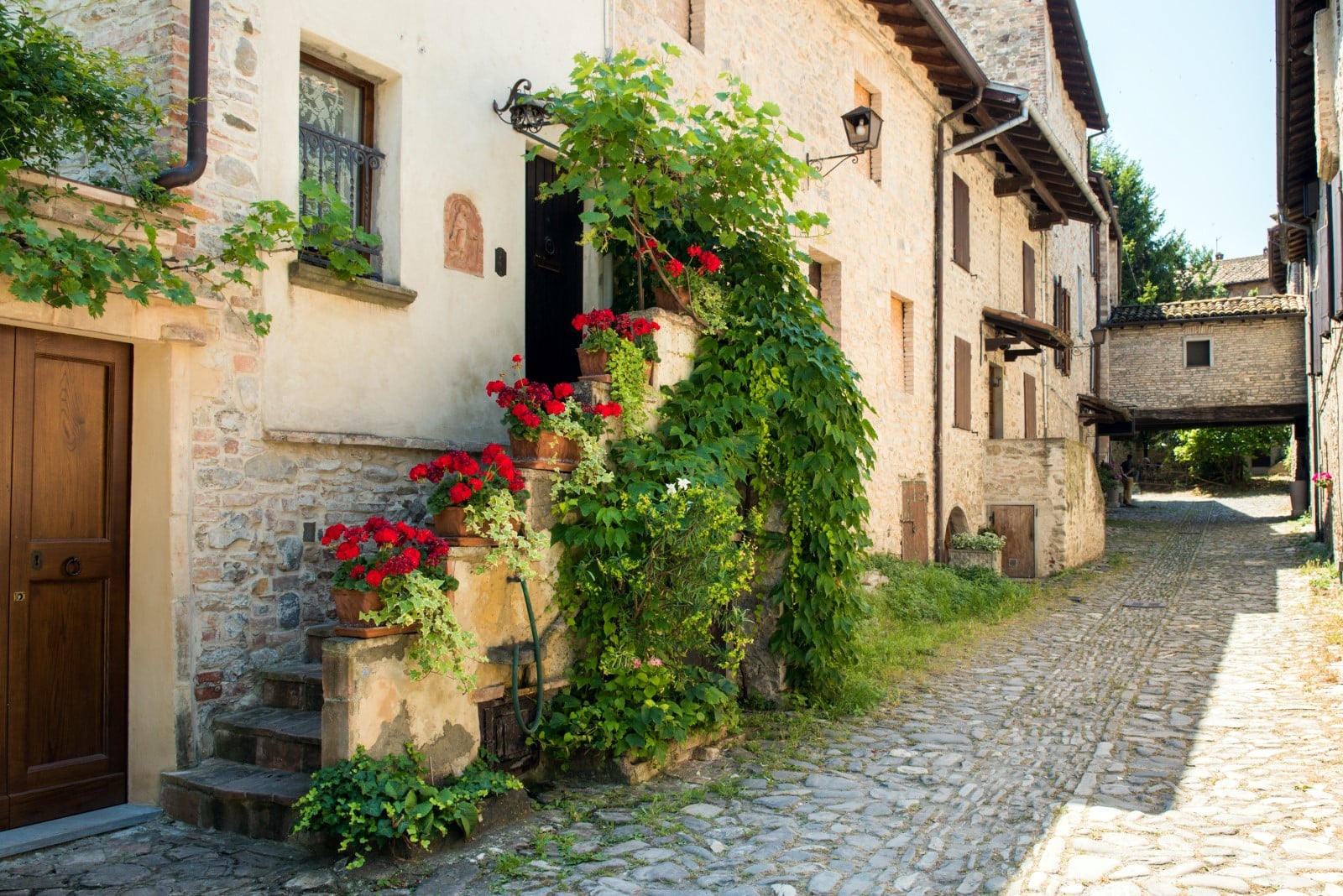
Over the centuries, the castle went through phases of decline and restoration. It maintained its defensive relevance until the 16th century but gradually lost this role as the nature of warfare and political structures in Italy changed. In later years, it was used for various purposes, including as a residence.
Today, the Castle of Torrechiara is a significant tourist attraction, known for its well-preserved medieval architecture, its romantic story, and its scenic location. It stands as a testament to the architectural skill and the rich, multifaceted history of the Italian Renaissance.
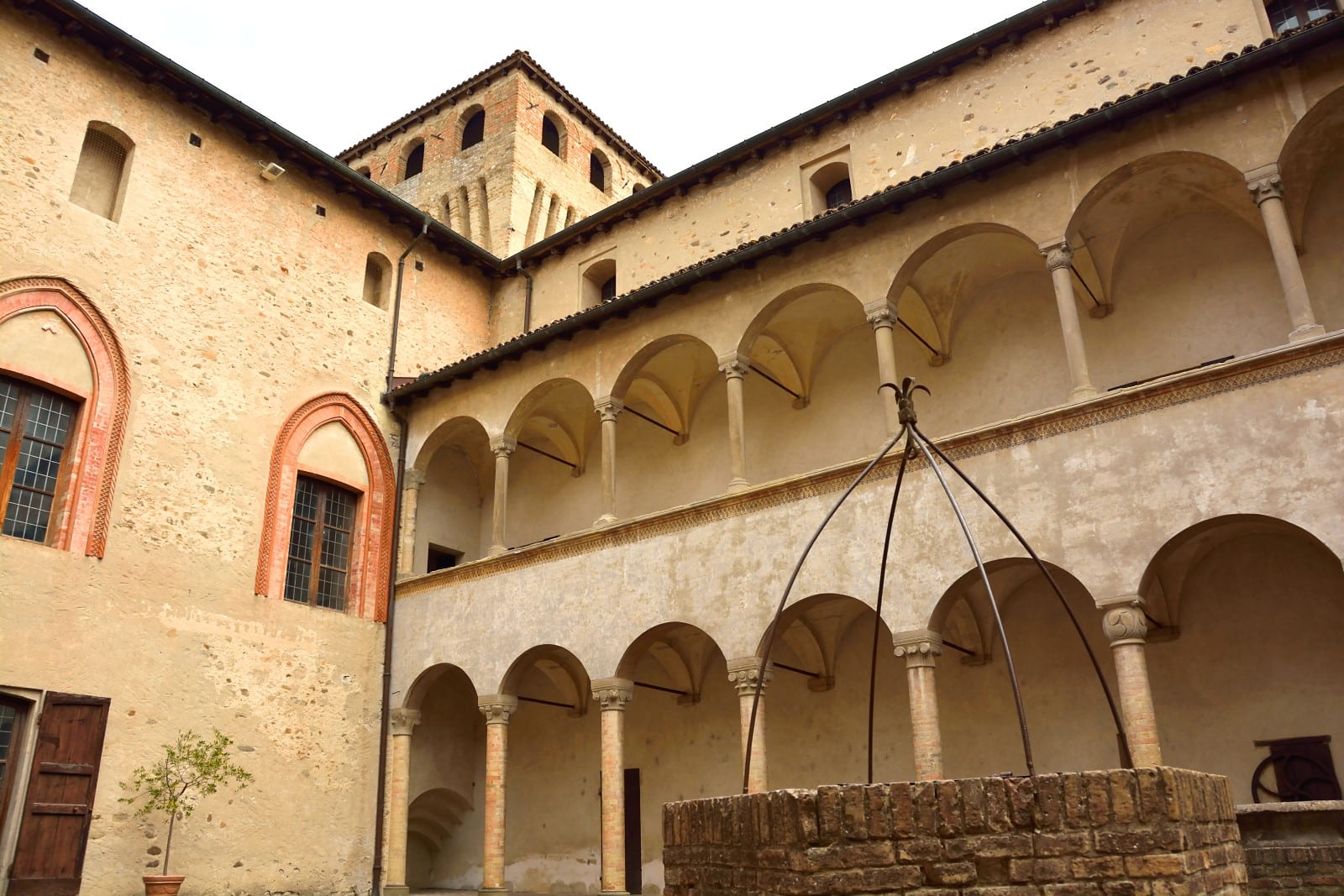
Getting There
The Castle of Torrechiara is located in the Parma region of northern Italy. Specifically, it is situated near the town of Langhirano. Here’s how one can reach the castle:
Address: Str. del Castello, 1, 43013 Torrechiara PR, Italy
Phone: +39 0521 355255
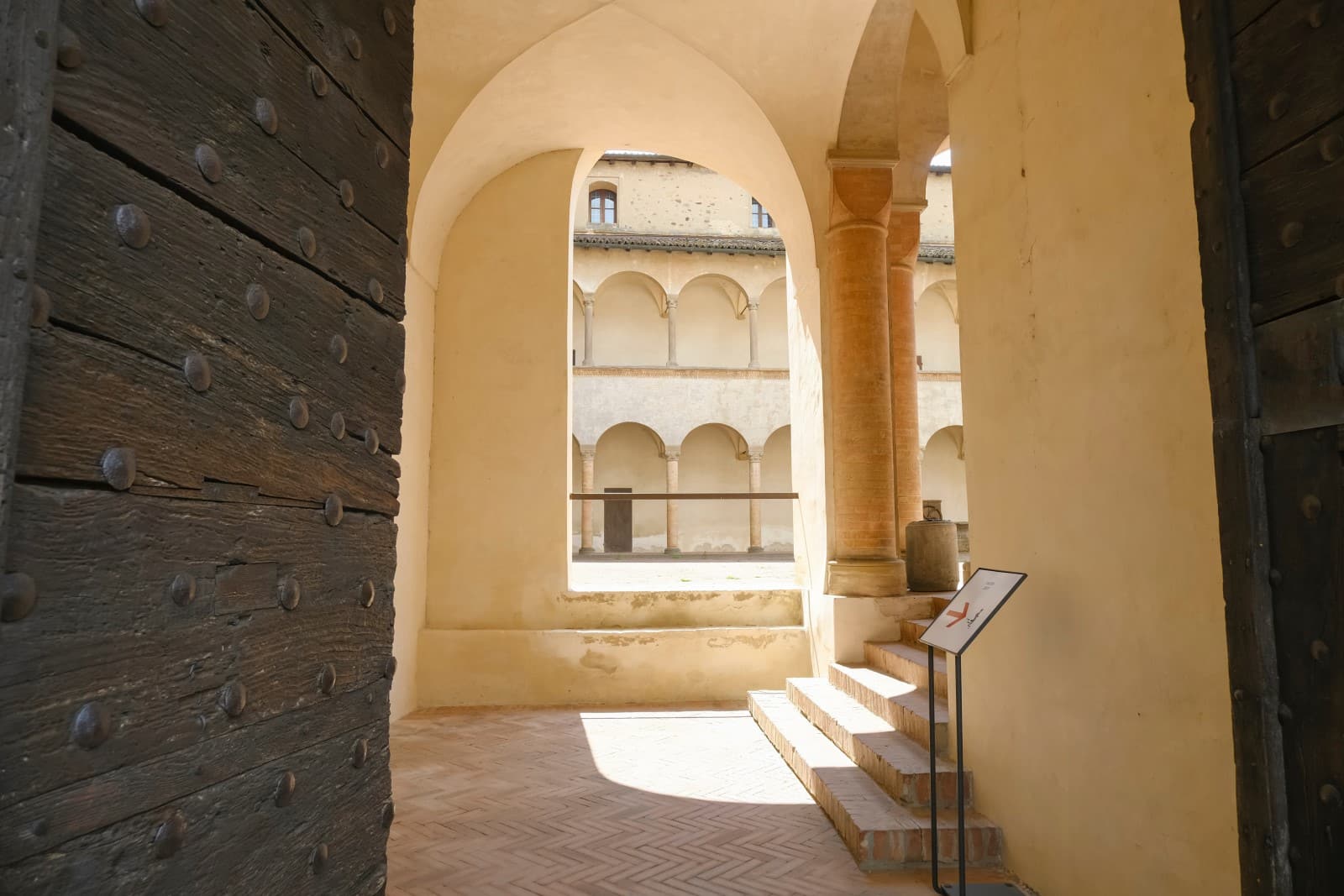
By Car: If you’re traveling by car, the castle is approximately a 30-minute drive from the city of Parma. You can take the SS513 road towards Langhirano and follow the signs to Torrechiara. There is parking available near the castle.Public Transportation: For those preferring public transport, there are buses available from Parma. You can take a bus from Parma to Langhirano and then either walk or take a local taxi to the castle. The walk from Langhirano to the castle is scenic but can take about 30 minutes.
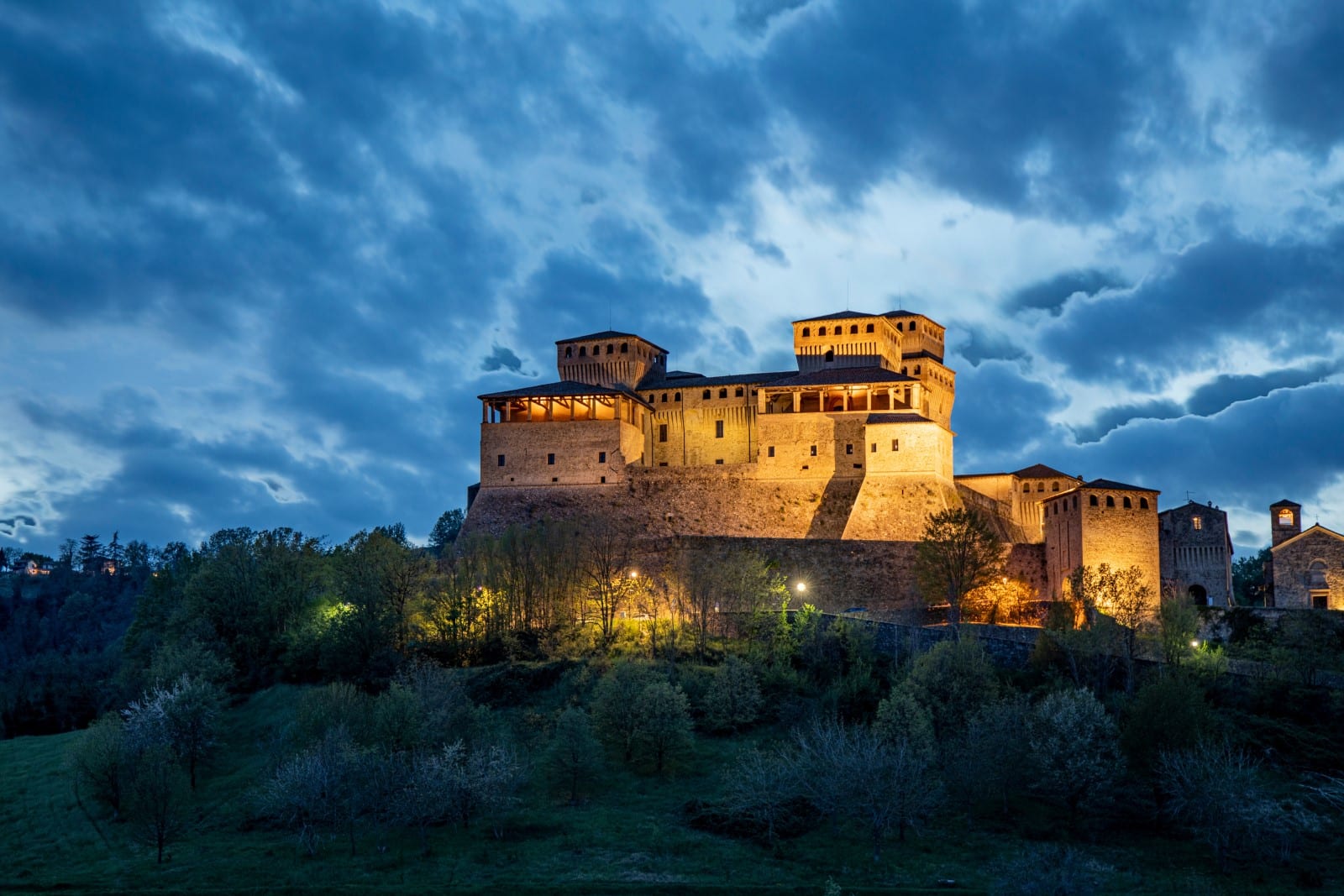
Guided Tours: In Parma, you may also find guided tour services that include a visit to the Castle of Torrechiara. These tours often combine the castle visit with other local attractions, such as Parma ham and Parmigiano cheese producers.
Nearest Major Cities: The nearest major city is Parma, but it’s also relatively accessible from other cities in northern Italy like Bologna or Milan, making it a feasible day trip.
GPS and Maps: For exact directions, using a GPS or a map application with the input “Castle of Torrechiara” or “Castello di Torrechiara” will provide the best route based on your starting location.
Remember to check the castle’s opening hours and any potential visitor restrictions or requirements, especially if you’re planning a visit during holiday periods or in the context of health and safety regulations.

